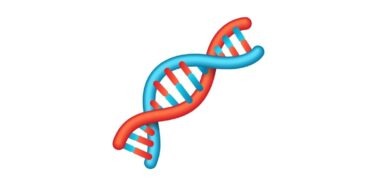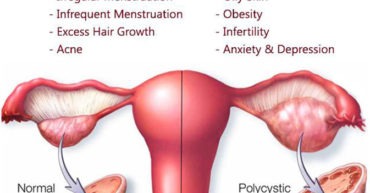Courses
Unlocking the Secrets of Molecular Evolution with Modeltest 3.7 Modeltest is a software tool for selecting the best-fitting model of molecular evolution from a set of candidate models. This is done by comparing the likelihoods of different models, which are calculated using the maximum likelihood method. The model with the highest likelihood is considered the […]
Vaccines have been one of the most effective tools in the fight against infectious diseases, saving millions of lives each year. However, the process of developing and testing vaccines is long and costly, often taking several years and billions of dollars. In recent years, there has been a growing interest in using insilico techniques to […]
DNA annotation or genome annotation identifies genes and all of the coding regions in a genome and determines what those genes do. Once a genome is sequenced, it needs to be annotated to make sense of it. Gene annotation involves the process of taking the raw DNA sequence produced by the genome-sequencing projects and adding […]
Primer Designing By Primer Blast Primers serve a crucial function in identifying the target area of the complex genome [1]. Primers or oligonucleotides are short sequences of DNA or RNA that are complementary to a particular DNA sequence, allowing replication to occur during a PCR cycle. Primers may also be used in various techniques, including […]
High-throughput sequencing (HTS) is a powerful discovery to screen for non-specific germ line variants, somatic mutations and structural variants, profile copy number variations in cancers [1], assemble genomes of microbial organisms [2][3], quantify gene expression [4], identify cell populations from single-cell transcriptomes in a variety of tissues [5], and track epigenetic changes in developing organisms […]
DeepMind’s artificial intelligence system AlphaFold2, predicts the 3D structure of a protein based on its amino acid sequence. It looks to be a 50-year-old answer to the problem of protein folding. DeepMind’s AlphaFold1 was the first in the series, and it scored high in the 13th Critical Assessment of Protein Structure Prediction (Deepmind’s first effort […]
RNA sequencing (RNA-seq) is a genomic approach for the detection and quantitative analysis of messenger RNA molecules in a biological sample and is useful for studying cellular responses. scRNA-seq can describe RNA molecules in individual cells with high resolution and on a genomic scale. scRNA-seq is a relatively new technology first introduced by Tang et […]
A number of human genetic disorders cause chromosomal breakage, which is characterized by genome instability. Genome instability is associated with immune deficiency, a predisposition to develop cancer, and premature aging . Mutations in the BLM or RECQL3 gene located on chromosome 15 which encodes a DNA helicase in the RecQ family cause Bloom syndrome. The RecQ family is […]

